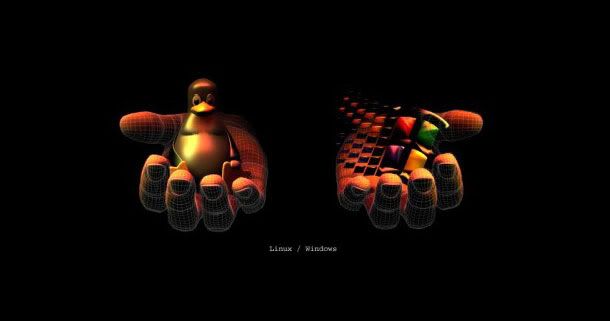Finding the r's and (r-1)'s complement
Here we are going to learn how to convert a number to its r's and (r-1)'s complement.
Method:
Let 'N' is a number and r is its base where r>1 and in N, 'n' is the number of digits before its decimal point then we can write
r's complement of number = r^n-N
EX.
N = (23)10
here r = 10
n = 2 and N = 23
hence we can write the 10's complement of this number as 10^2 - 23 = 77.
hence we can say that 10's comp of 23 is 77.
Although this method is good enough to solve any problem regarding to this concept, but we will follow different method for finding r's and r-1's complement.
Easy Method:
Let we have to find again the 10's comp of 23 then this method tells us to divide 3 from 10 and 2 from 9 (i.e 10-9). which gives us a result of 77.
9 10
- 2 3
7 7
i.e the generalized form of writing a r's comp of a number 'abc' which is in r base, we can write.
(r-1) (r-1) r
- a b c
this difference gives us the r's comp of that number.
i.e we can find r's complement of a number by subtracting its right most digit by r and all digits by r-1.
Finding (r-1)'s complement:
We can do this easily by subtracting all the digits of that number from (r-1) where r is the base of that number.
EXAMPLES:
Find the 10's and 9's complement of (348)10.
ans: 9 9 10
- 3 4 8
6 5 2 here 652 is 10's comp of 348
9's comp 9 9 9
- 3 4 8
6 5 1 here 651 is 9's comp of 348
from this method you can find the r's and (r-1)'s complement of any number with base r.
if any questions DO COMMENTS..








 1:27 am
1:27 am
 vasu naman
vasu naman


